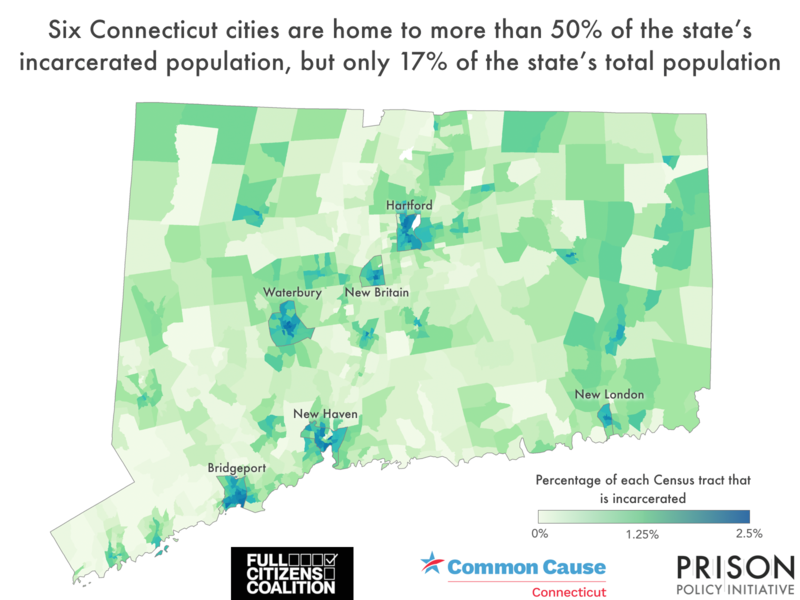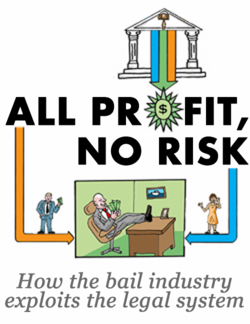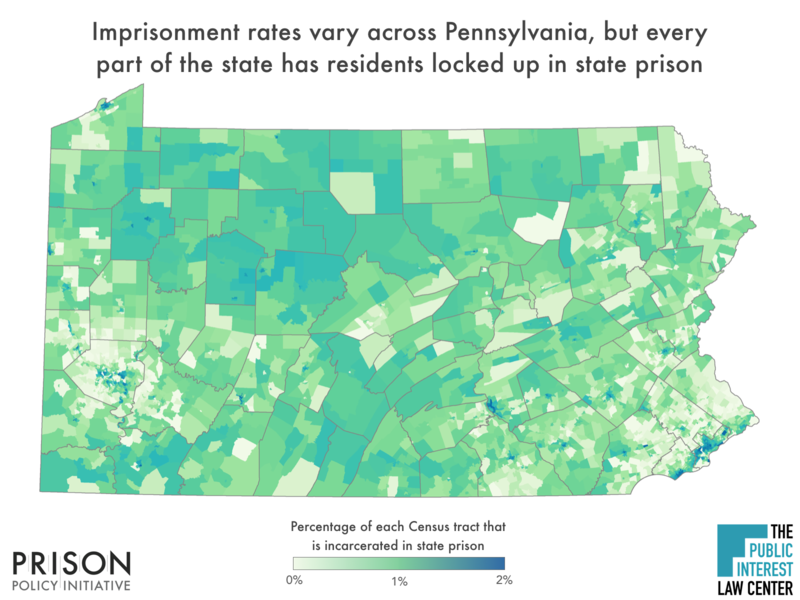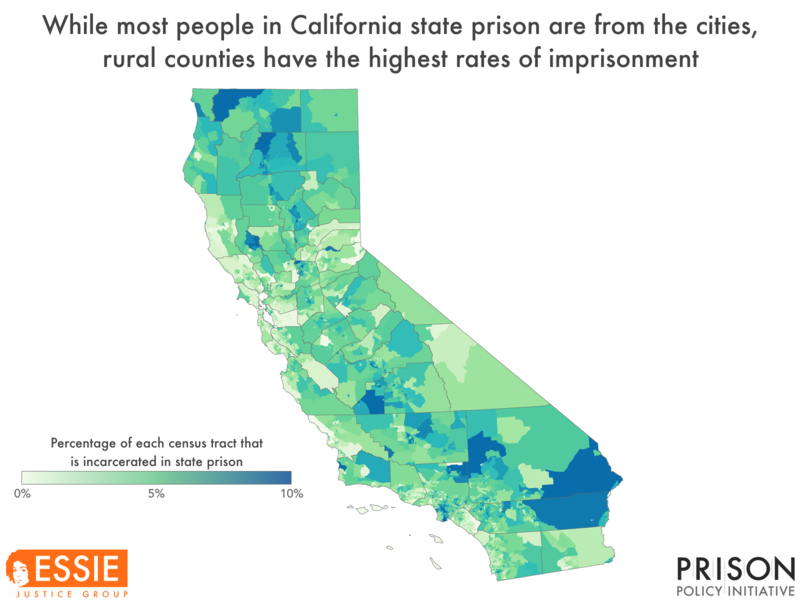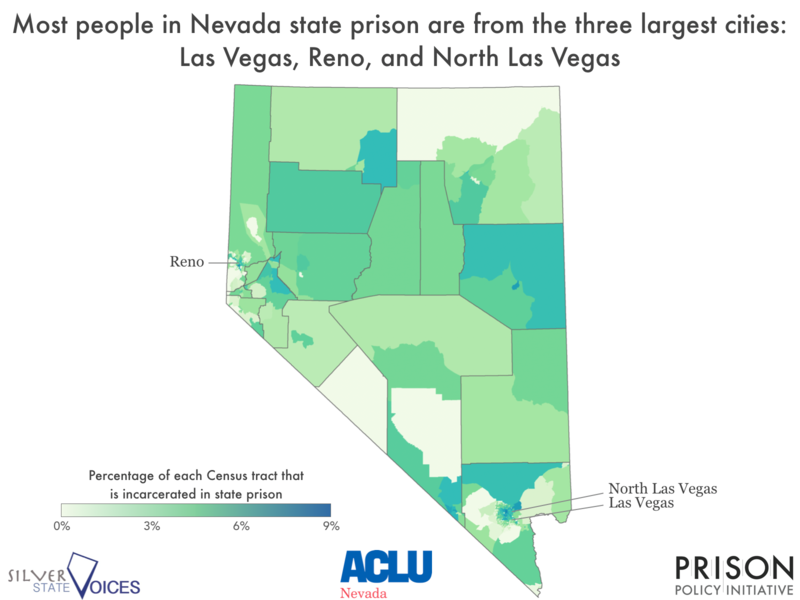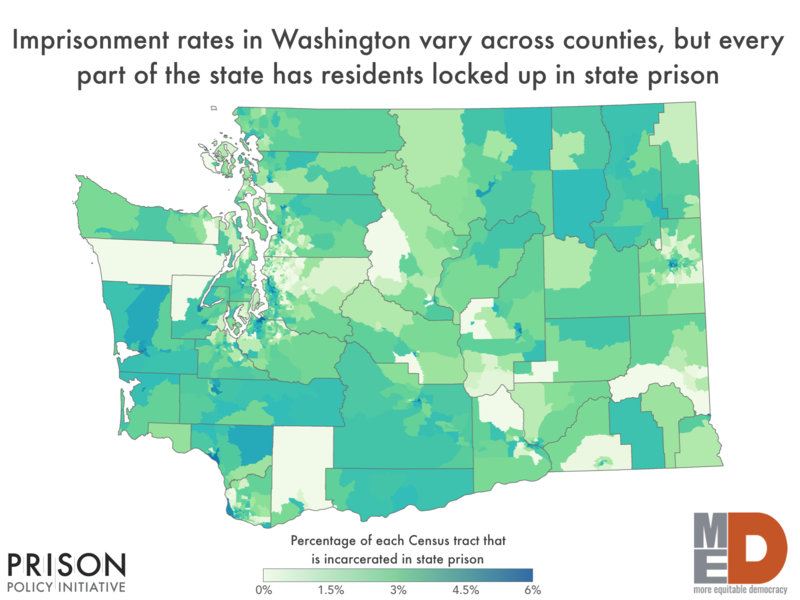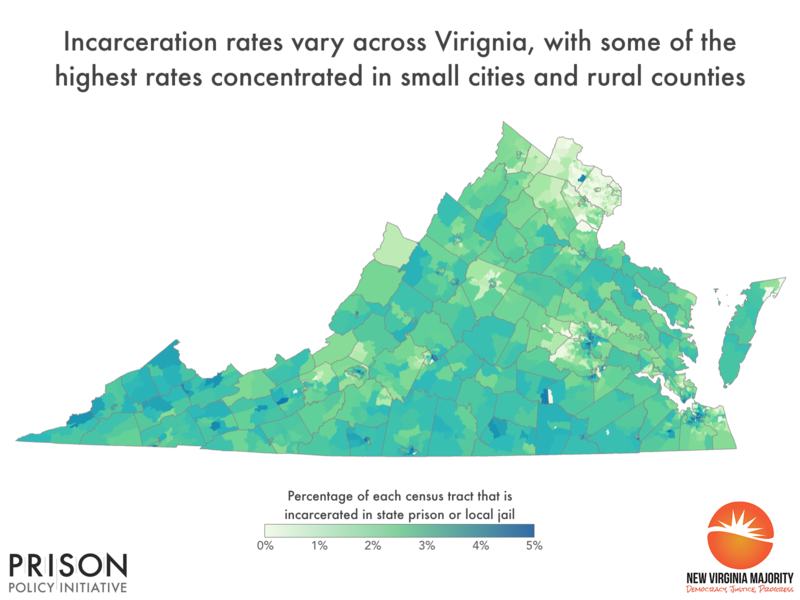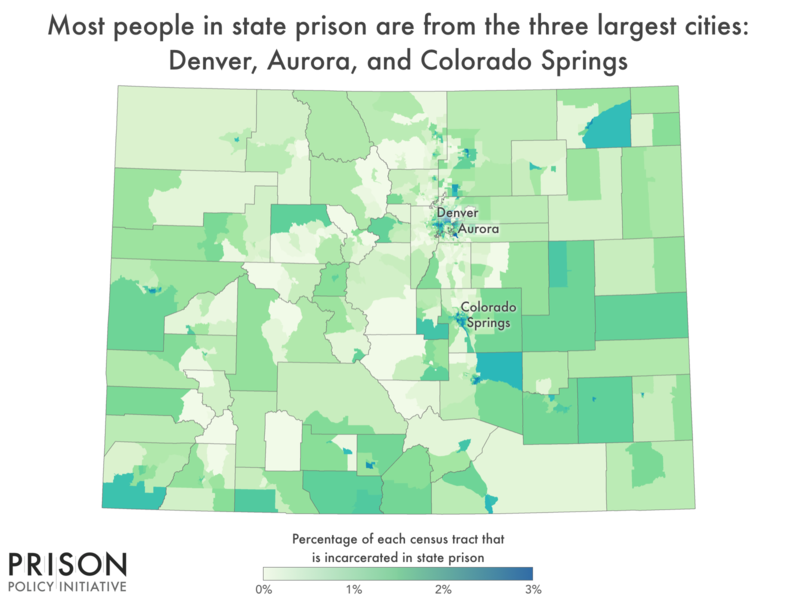New data reveals where people in Montana prisons come from
Report shows every community is harmed by mass incarceration
October 17, 2022
Today Western Native Voice and the Prison Policy Initiative released a new report, Where people in prison come from: The geography of mass incarceration in Montana, that provides an in-depth look at where people incarcerated in Montana state prisons come from. The report also provides 18 detailed data tables — including localized data for Yellowstone, Gallatin, and Butte-Silver Bow Counties, as well as Billings, Missoula, and Great Falls — that serve as a foundation for advocates, organizers, policymakers, data journalists, academics and others to analyze how incarceration relates to other factors of community well-being.
The data and report are made possible by the state Redistricting and Apportionment Commission’s decision to count people in prison as residents of their hometown rather than in prison cells when redistricting. Not everyone in state prison should or could be reallocated to their home address. The report and data reflect the individuals that could successfully be reallocated. The decision to change how incarcerated people are counted was made on a unanimous, bipartisan basis.
The report shows:
- Nearly every county is missing a portion of its population to incarceration in state prison.
- While Yellowstone County sends the most people to prison, the much smaller Silver Bow and Custer counties send people to prison at the highest rates in the state.
- There are dramatic differences in incarceration rates within communities. For example, in Billings, residents of the South Side neighborhood are 15 times more likely to be imprisoned than residents of nearby Highlands neighborhood.
Data tables included in the report provide residence information for people in Montana state prisons at the time of the 2020 Census, offering the clearest look ever at which communities are most impacted by mass incarceration. They break down the number of people locked up by county, city, town, zip code, legislative district, census tract and other areas.
The data show the cities with the highest state prison incarceration rates are Hobson (556 per 100,000 residents), East Helena (410 per 100,000 residents) and Walkerville (312 per 100,000 residents). For comparison, the state imprisonment rate is 123 people in state prison per 100,000 residents.

“The nation’s 40-year failed experiment with mass incarceration harms each and every one of us. This analysis shows that while some communities are disproportionately impacted by this failed policy, nobody escapes the damage it causes,” said Emily Widra, Senior Research Analyst at the Prison Policy Initiative. “Our report is just the beginning. We’re making this data available so others can further examine how geographic incarceration trends correlate with other problems communities face.”
The report cites studies that show that incarceration rates correlate with a variety of negative outcomes, including higher rates of asthma, depression, lower standardized test scores, reduced life expectancy and more. The data included in this report gives researchers the tools they need to better understand how these correlations play out in Montana.
“This report and data make clear that the pain of mass incarceration is not felt equally across the state. Native communities and low-income neighborhoods bear an undue burden of these failed policies,” said Ta’jin Perez, of Western Native Voice and co-author of the report. “More importantly, though, this should guide state and local policymakers as they make investments in education, housing, health care and economic opportunities that will strengthen families and communities.”
The report is part of a series of reports examining the geography of mass incarceration in America.
Montana is one of more than a dozen states and 200 local governments that have addressed the practice of “prison gerrymandering”, which gives disproportional political clout to state and local districts that contain prisons at the expense of all of the other areas of the state. In total, roughly half the country now lives in a place that has taken action to address prison gerrymandering.
